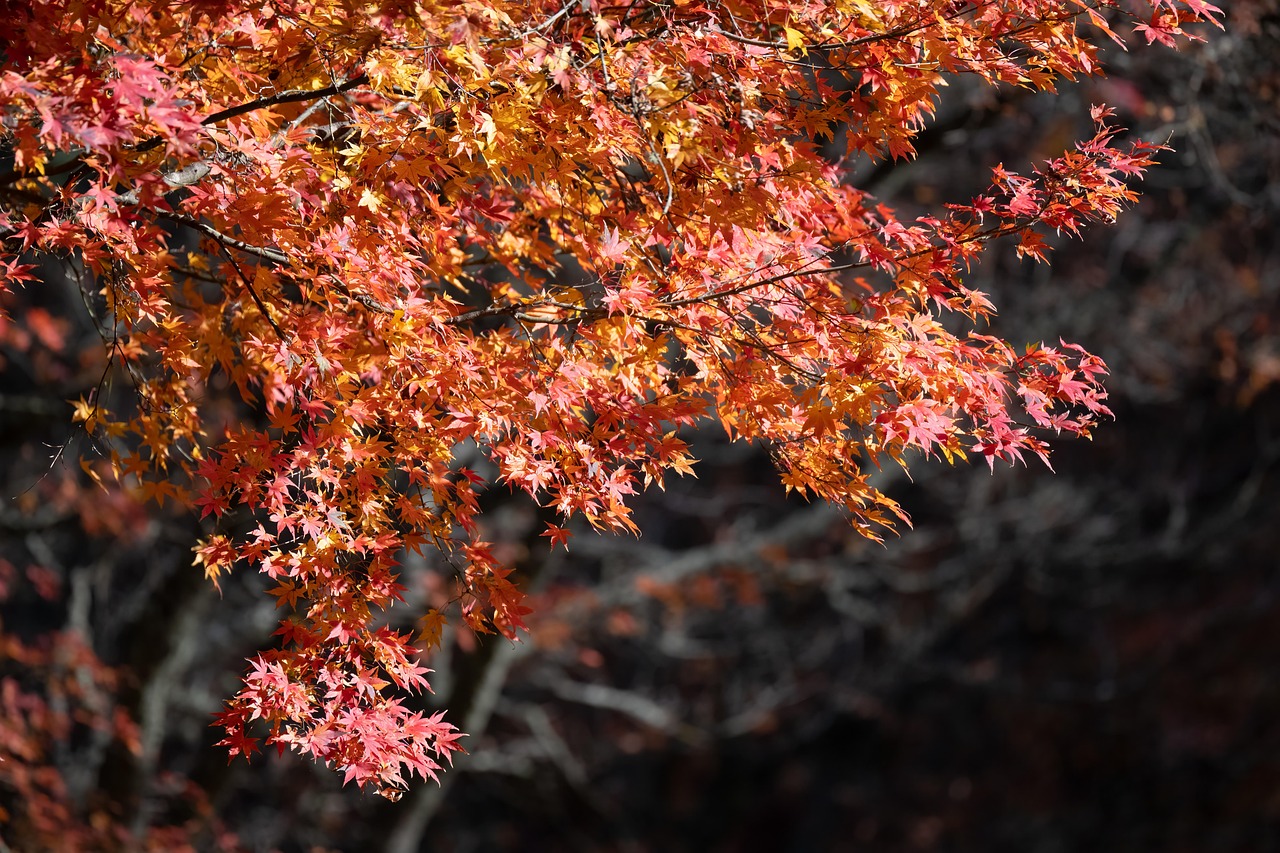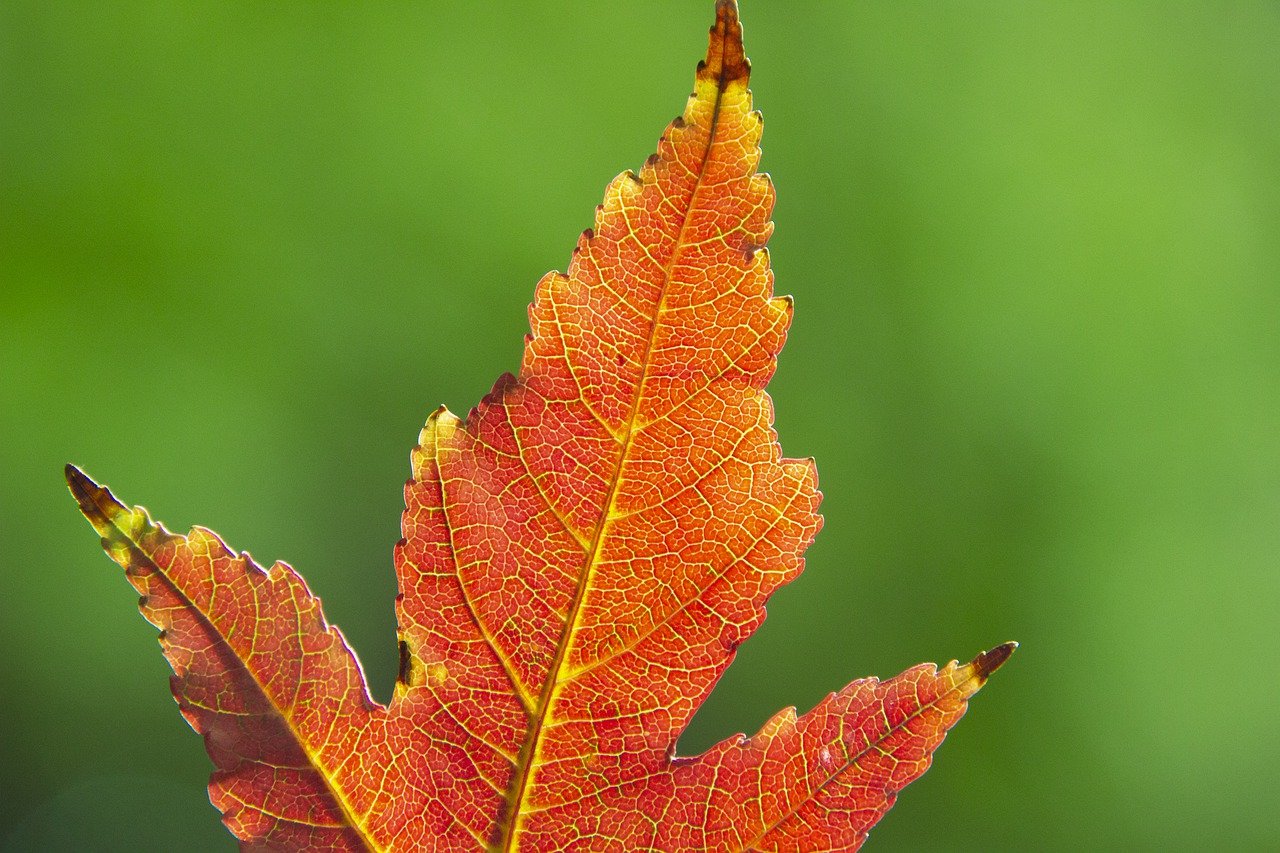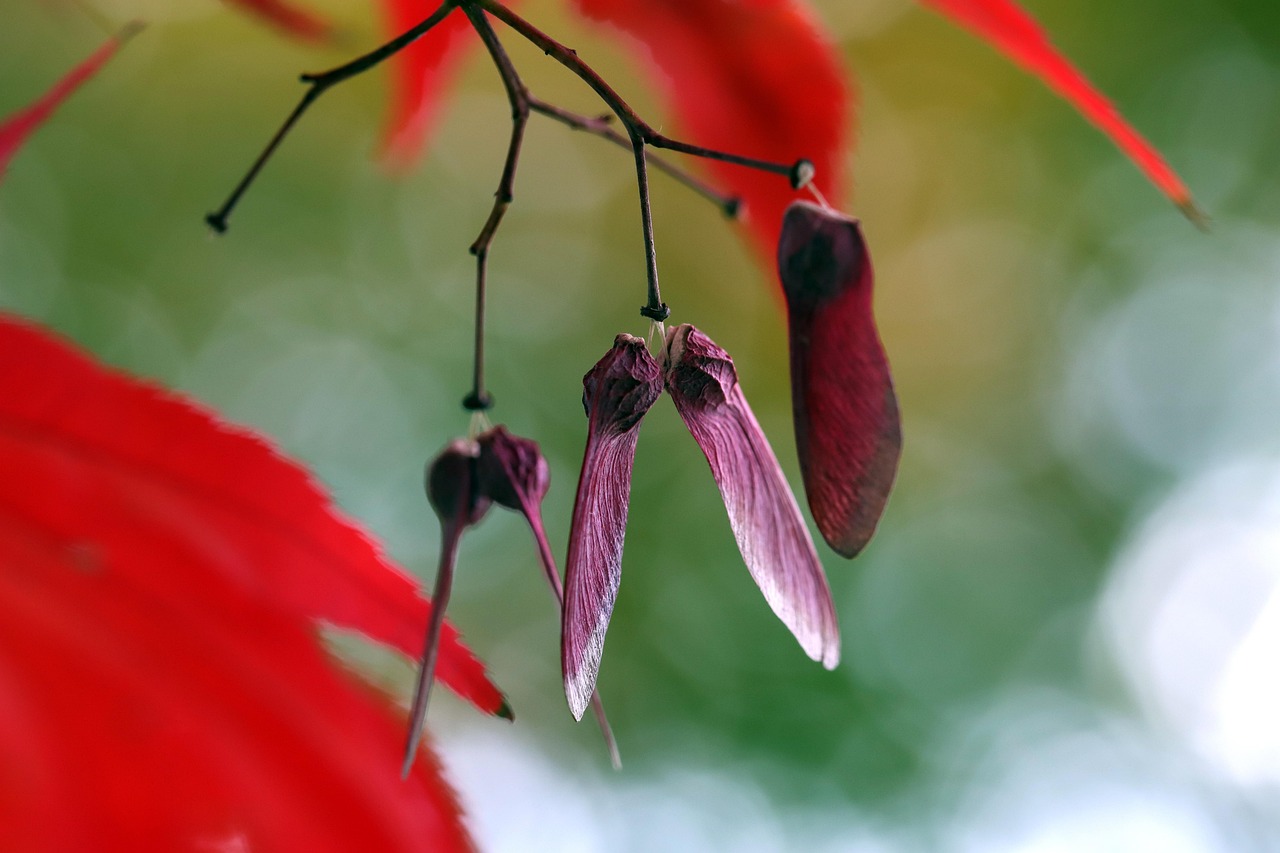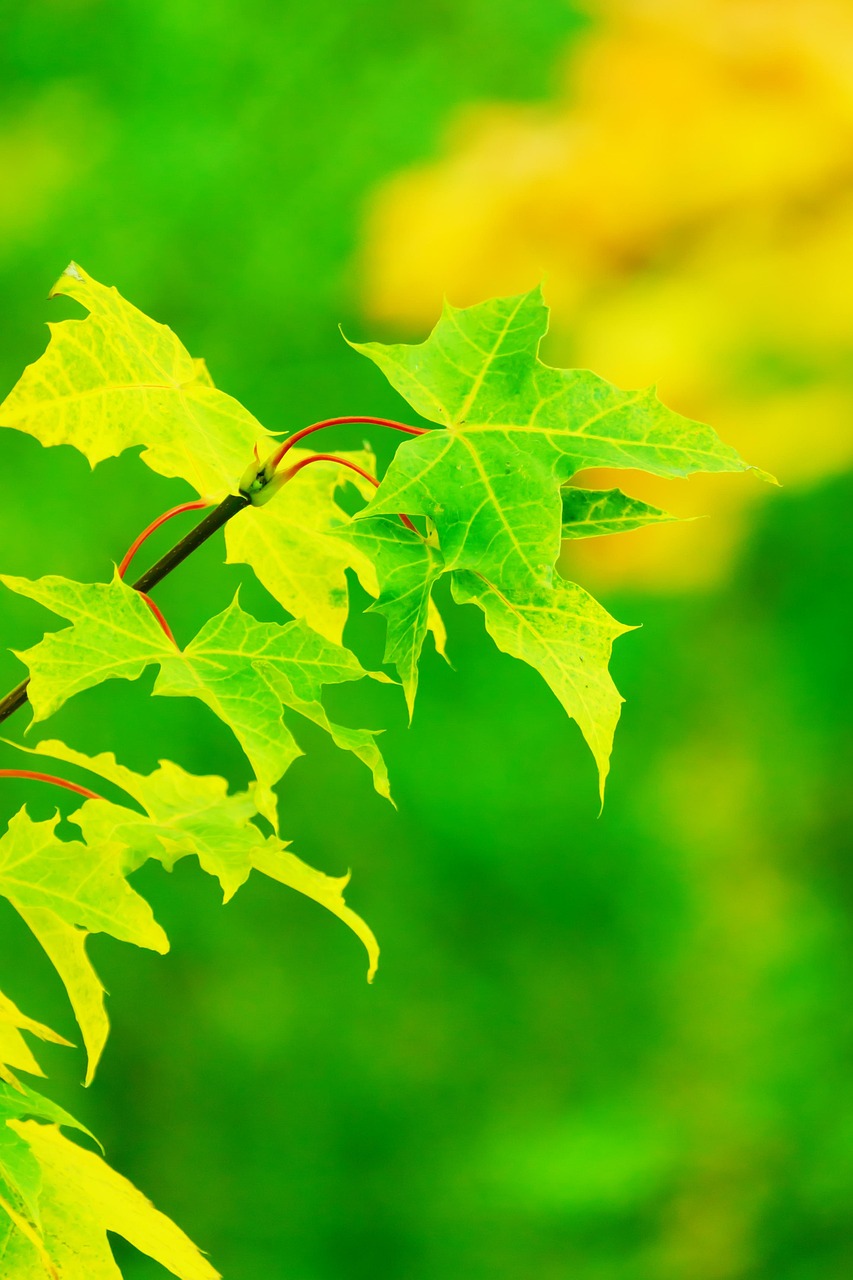Maple trees should be pruned in late winter or early spring before new growth begins. Proper pruning techniques involve removing dead or diseased branches, thinning crowded areas, and shaping the tree to promote healthy growth and airflow.
Understanding Maple Trees

Maple trees are beloved for their stunning foliage and robust structure. They are not only a staple in many landscapes but also have ecological significance. These trees belong to the genus Acer, which comprises over 100 species. The most common types include the Sugar Maple, Red Maple, and Norway Maple. Each of these varieties has unique characteristics, making them suitable for various environments.
Healthy maple trees can enhance property value and provide shade, colorful fall leaves, and even syrup production from their sap. However, maintaining their health requires regular care, particularly through pruning. Pruning affects the tree’s growth, health, and overall aesthetics.
The Importance of Pruning
Pruning is essential for several reasons:
- Health: Removing dead or diseased branches prevents the spread of decay and diseases.
- Growth: Proper pruning encourages new growth and improves the tree’s shape.
- Air Circulation: Thinning out crowded branches enhances airflow, reducing the risk of fungus and pests.
- Safety: Pruning reduces the risk of falling branches that could cause injury or damage.
When to Prune Maple Trees
The timing of pruning is crucial for the health of maple trees. The best time to prune is during late winter or early spring, just before the tree begins to leaf out. This period allows for effective healing before the growing season starts. Pruning during dormancy minimizes sap loss and stress on the tree.
Pruning in late summer or fall should be avoided as it can lead to excessive sap bleeding and stress the tree. Furthermore, pruning at this time might stimulate new growth that will not harden off before winter, making the tree vulnerable to cold damage.
Tools Needed for Pruning
Having the right tools is essential for effective maple tree pruning. Here are some recommended tools:
- Pruning Shears: Ideal for small branches up to ¾ inch in diameter.
- Loppers: Useful for larger branches, typically up to 2 inches in diameter.
- Saws: A handsaw or chainsaw may be necessary for larger limbs.
- Safety Gear: Gloves, goggles, and a hard hat should be worn for protection.
Basic Pruning Techniques
Understanding basic pruning techniques can help achieve optimal results. Here are some key methods:
- Thinning: Remove entire branches to reduce density while allowing light penetration.
- Heading Back: Cut back a branch to a bud or branch to encourage bushier growth.
- Crown Raising: Remove lower branches to elevate the tree’s crown, enhancing visibility and clearance.
| Pruning Method | Purpose |
|---|---|
| Thinning | Reduces branch density and improves air circulation. |
| Heading Back | Encourages more compact growth. |
| Crown Raising | Improves clearance and visibility under the tree. |
Each technique serves a specific purpose and contributes to the overall health and beauty of the tree. Understanding when and how to apply these methods is crucial for successful maple tree maintenance.
Common Mistakes in Pruning Maple Trees
While pruning is vital for the health of maple trees, many individuals make mistakes that can harm the tree. Understanding these common pitfalls can help ensure proper care and maintenance.
- Pruning at the Wrong Time: As mentioned previously, pruning during late summer or fall can lead to excessive sap bleeding and stress. Timing is crucial to minimize damage.
- Over-Pruning: Removing too many branches can weaken the tree. It is essential to prune selectively and not exceed 25% of the total foliage in one season.
- Poor Cuts: Making improper cuts can leave the tree vulnerable to disease. Always make clean cuts at a slight angle just above a bud or branch.
- Ignoring Tree Species Needs: Different species of maple trees may have unique pruning requirements. Researching specific needs is vital for effective care.
Signs Your Maple Tree Needs Pruning
Recognizing when a maple tree requires pruning is essential for its health. Here are some signs to look for:
- Dead or Diseased Branches: These branches should be removed immediately to prevent the spread of disease.
- Crowded Growth: If branches are overlapping or growing too close together, thinning is necessary to improve airflow.
- Weak Structure: If the tree has a weak structure, such as branches that are too long or thin, it may need shaping through pruning.
- Pests or Insects: If you notice an increase in pests, pruning may help eliminate the conditions that attract them.
Techniques for Safe Pruning

Using safe and effective techniques while pruning is crucial to avoid injuries and ensure the health of the tree. Here are some key techniques to employ:
The Three-Cut Method
This method is particularly useful for larger branches. It prevents tearing and damage to the bark. Here’s how to perform it:
- The Under-Cut: Make a small cut on the underside of the branch about 12-18 inches from the trunk. This cut should go about one-third into the branch.
- The Top Cut: About 1-2 inches further out from the first cut, make a cut from the top down until the branch breaks off. This cut should be made to prevent ripping down the bark.
- The Final Cut: Finally, remove the remaining stub by cutting close to the trunk without damaging the collar.
Avoiding Tree Damage
To prevent damage while working with tools, consider the following tips:
- Always use sharp tools. Dull tools can cause tearing and unnecessary damage.
- Wear protective gear, such as gloves and eyewear, to prevent injuries.
- Do not prune in wet conditions as slippery surfaces can lead to accidents.
- Be mindful of your surroundings. Ensure that no one is nearby when cutting branches that could fall.
Aftercare Post-Pruning
After completing the pruning process, taking care of your maple tree is essential for promoting recovery and health. Here are some aftercare tips:
- Watering: Ensure that your tree receives adequate water, especially during dry periods. This helps reduce stress and aids recovery.
- Mulching: Apply mulch around the base of the tree to retain moisture and suppress weeds.
- Avoid Fertilization Immediately: Do not fertilize right after pruning; wait until new growth appears to avoid stressing the tree further.
- Monitoring: Keep an eye on your tree for signs of stress or disease after pruning. Early detection can lead to better outcomes.
Understanding these aspects of maple tree pruning can significantly enhance your tree’s health, allowing it to thrive for years to come. Proper techniques and awareness can transform your gardening experience while ensuring your maple trees remain robust and beautiful.

Common Diseases and Pests Affecting Maple Trees
Maple trees, like all plants, are susceptible to various diseases and pests that can adversely affect their health. Being aware of these issues can help in early detection and management, ensuring your trees remain healthy.
Common Diseases
Here are some prevalent diseases that can affect maple trees:
- Verticillium Wilt: This fungal disease affects the tree’s vascular system, leading to wilting, yellowing leaves, and branch dieback. It is often fatal, and infected trees should be removed to prevent spread.
- Maple Anthracnose: Caused by a fungus, this disease leads to dark spots on leaves and premature leaf drop. While it rarely kills the tree, it can weaken it over time.
- Tar Spot: This is characterized by black spots on leaves, which can be unsightly. While not harmful to the tree’s overall health, it can affect photosynthesis.
- Root Rot: Caused by overwatering or poor drainage, root rot leads to yellowing leaves and a general decline in tree health. Proper watering practices can help prevent this disease.
Common Pests
Pests can also pose significant threats to maple trees. Here are some common pests to watch for:
- Aphids: These small insects suck sap from leaves, leading to yellowing and curling. They can also produce honeydew, attracting other pests.
- Scale Insects: Scale can appear as small bumps on branches and leaves. They suck sap and can weaken the tree significantly if left untreated.
- Japanese Beetles: These beetles feed on the foliage, leaving skeletonized leaves. Handpicking or using traps can help manage their population.
- Spider Mites: These tiny pests thrive in dry conditions and can cause leaf discoloration. Regular watering can help keep them at bay.
Preventative Measures for Tree Health

Preventing diseases and pest infestations is crucial for maintaining the health of your maple trees. Implementing proactive measures can significantly reduce the risk of problems.
Regular Inspections
Conducting regular inspections of your maple trees helps in identifying issues before they become severe. Look for:
- Discoloration or wilting of leaves
- Unusual growth patterns
- Sap oozing from wounds
- Presence of insects or webs
Proper Watering Techniques
Watering practices play a vital role in tree health. Here are some tips:
- Adequate Drainage: Ensure that your maple tree is planted in well-drained soil to prevent waterlogging.
- Deep Watering: Water deeply but infrequently to encourage deep root growth.
- Avoid Overwatering: Monitor soil moisture to avoid drowning roots, which can lead to root rot.
Nutritional Needs
Nourishing your maple tree with the right nutrients can bolster its health and resilience against diseases:
- Fertilize Appropriately: Use a balanced fertilizer in early spring to provide essential nutrients.
- Soil Testing: Conduct soil tests to determine nutrient levels and pH balance, allowing for targeted amendments.
- Organic Matter: Incorporate organic matter into the soil to improve structure, aeration, and nutrient retention.
Importance of Mulching
Mulching around the base of your maple tree serves multiple purposes:
- Moisture Retention: Mulch helps retain soil moisture, reducing the need for frequent watering.
- Weed Suppression: Mulch prevents weed growth that competes for nutrients and water.
- Temperature Regulation: It helps maintain a stable soil temperature, promoting healthy root development.
Select organic mulches such as wood chips or bark, which also enrich the soil as they decompose. Apply a 2-4 inch layer around the base of the tree, but keep it away from the trunk to prevent rot.
By understanding common diseases, pests, and maintenance practices, you can ensure your maple trees thrive and contribute beauty and value to your landscape for years to come.
Seasonal Care for Maple Trees
In addition to pruning, providing seasonal care is essential for the overall health of maple trees. Each season brings its own set of requirements and considerations.
Spring Care
As the season of growth, spring is crucial for maple trees. Here are some care tips:
- Inspect for Damage: Check for any winter damage that may have occurred. Look for broken branches or signs of disease.
- Fertilization: Apply a balanced fertilizer to provide essential nutrients as the tree begins to grow.
- Irrigation: Ensure the tree receives adequate water, especially if spring is dry. Deep watering encourages robust root development.
Summer Care
During the summer months, maintaining moisture levels is vital:
- Mulching: Refresh mulch layers to ensure moisture retention and weed suppression.
- Pest Monitoring: Keep an eye out for pests and take action as needed. Early intervention helps prevent infestations from becoming severe.
- Pruning: While major pruning should be avoided in summer, minor corrections can be made to maintain shape and health.
Fall Care
As leaves change color and fall, specific tasks become important:
- Leaf Cleanup: Rake fallen leaves to prevent diseases that thrive in decomposing foliage.
- Winter Preparation: Water the tree well before the ground freezes to ensure it has enough moisture during winter dormancy.
- Inspect for Pests: Check for any pests that may have settled in during the summer months. Take appropriate measures to prevent them from overwintering.
Winter Care
Winter can be harsh for maple trees. Here’s how to protect them:
- Protection from Snow and Ice: If heavy snow or ice accumulates on branches, gently remove it to prevent breakage.
- Wrap Young Trees: Consider wrapping young trees with protective materials to shield them from cold winds and frost damage.
- Avoid Excessive Pruning: Refrain from pruning during winter, as it can stress the tree when it is dormant.
Final Thoughts
Caring for maple trees through proper pruning and seasonal maintenance ensures their long-term health and beauty. By understanding the specific needs of these trees and implementing best practices, you can cultivate a thriving and vibrant landscape.
The key takeaways include recognizing the optimal times for pruning, using suitable techniques, and being vigilant about the common pests and diseases that affect maple trees. Additionally, understanding seasonal care helps maintain their vigor throughout the year.
Ultimately, with dedication and knowledge, your maple trees can flourish, providing shade, beauty, and enjoyment for many years. Whether you are a novice gardener or an experienced horticulturist, applying these principles will contribute to a successful gardening experience. Your commitment to maintaining these majestic trees reflects not only in their health but also in the overall charm they bring to your surroundings.
By following this guide on when and how to prune maple trees, along with seasonal care practices, you will be well-equipped to nurture your trees into strong, healthy specimens that enhance your property’s beauty and ecological value.
